Description
The Summer timetable for 1898 reveals much more than just train times. It is a period of transition with passengers demanding and getting, faster and more comfortable trains, with better facilities. Patrick Stirling, long serving Locomotive Engineer of the Great Northern Railway died at the end of 1895. His graceful “8 foot Singles” had reigned supreme for nearly 25 years hauling the trains between Kings Cross and York, but the work was getting beyond their capabilities. From 1896, the trains were dramatically modernised, introducing such features as corridors between carriages, heating, and dining cars, on selected services, thus marking the beginning of the end for the luncheon and dinner stops at York. The dining cars, magnificently furnished 12 – wheeled teak bodied vehicles, (one is illustrated on the cover) provided a smooth, quiet ride, but were very heavy. H.A. Ivatt, Mr. Stirling’s successor rose to the initial challenge by introducing “Double Heading” forbidden by his predecessor, except in emergency and began developing much more powerful locomotives, the first of which introduced the “Atlantic” 4-4-2 type to Britain in 1897.
Not all the extra facilities could be introduced at once. For example there are only two trains between King’s Cross and Edinburgh in each direction offering “Dining Saloons”. However, the introduction of the corridor connection meant that for the first time Third Class passengers could feed on board. Hitherto dining passenger spent the entire journey seated in the Saloon.
Third Class was aimed at tourists. Then as in more recent years, First was the preserve of the business man or expense account traveller. In 1898, Dining Saloons between London and canny Yorkshire were First and Third class on weekdays, Third only at weekends. At this period meals were exclusively “Table d’Hote” with very limited choice for 3s-6d, “A La Carte” menus would have to wait until a later generation of catering vehicles with more sophisticated cooking equipment. For those passengers who lunched or dined at York the charge was 2s-6d, although there was the alternative available of ordering a luncheon basket to be handed into the train at selected intermediate stations. This had to be ordered in advance by telegram and could include half a bottle of claret, or a bottle of beer or mineral water. Also booked in advance by telegram, if arriving at Perth after 10pm, the Hotel Manager would have a hot supper ready for you.
There an immense quantity of social history concealed in these pages. The demise of Liverpool as the main transatlantic port is foreshadowed by a page of information aimed at American visitors shortening their journey by sailing to Southampton, with through bookings from that port to East Coast Man Line destinations, With free transfer for self and ( no doubt a mountain of) luggage between “Waterloo Bridge” and King’s Cross. In a similar topic, for a fee the GNR would send a one or two horse private omnibus to your home in London to take family and luggage to King’s Cross in good time for the train, where you might have booked a private Family Saloon for your journey. Note private omnibus to be booked through the Station Master’s office, single horse vehicles not available over six miles.
Hours of fascinating reading.
PREVIEW BELOW – MAY TAKE A WHILE TO LOAD.
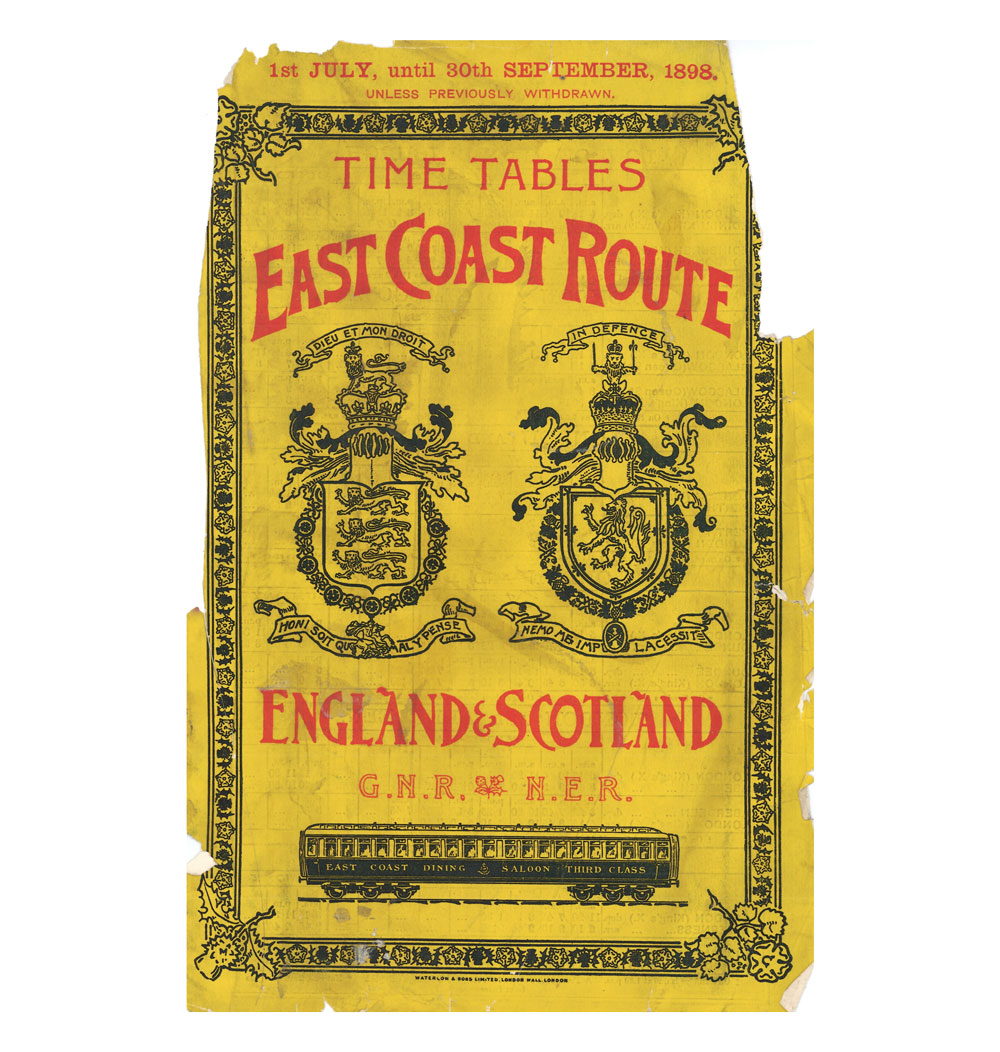
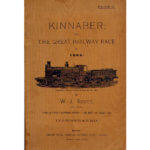
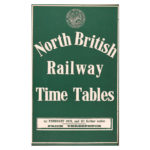
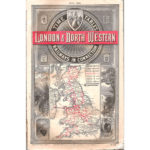
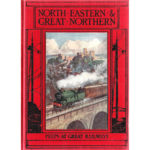
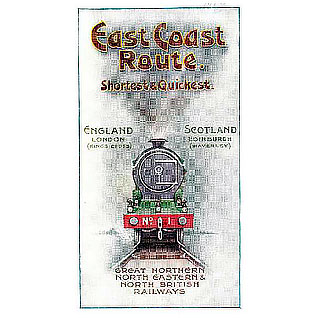
Reviews
There are no reviews yet.